Check out this Broad Beans 101! Also known as Fava Beans, they are a type of large edible bean. Read on to learn how to prep and cook fresh or dried ones, plus recipes and more.
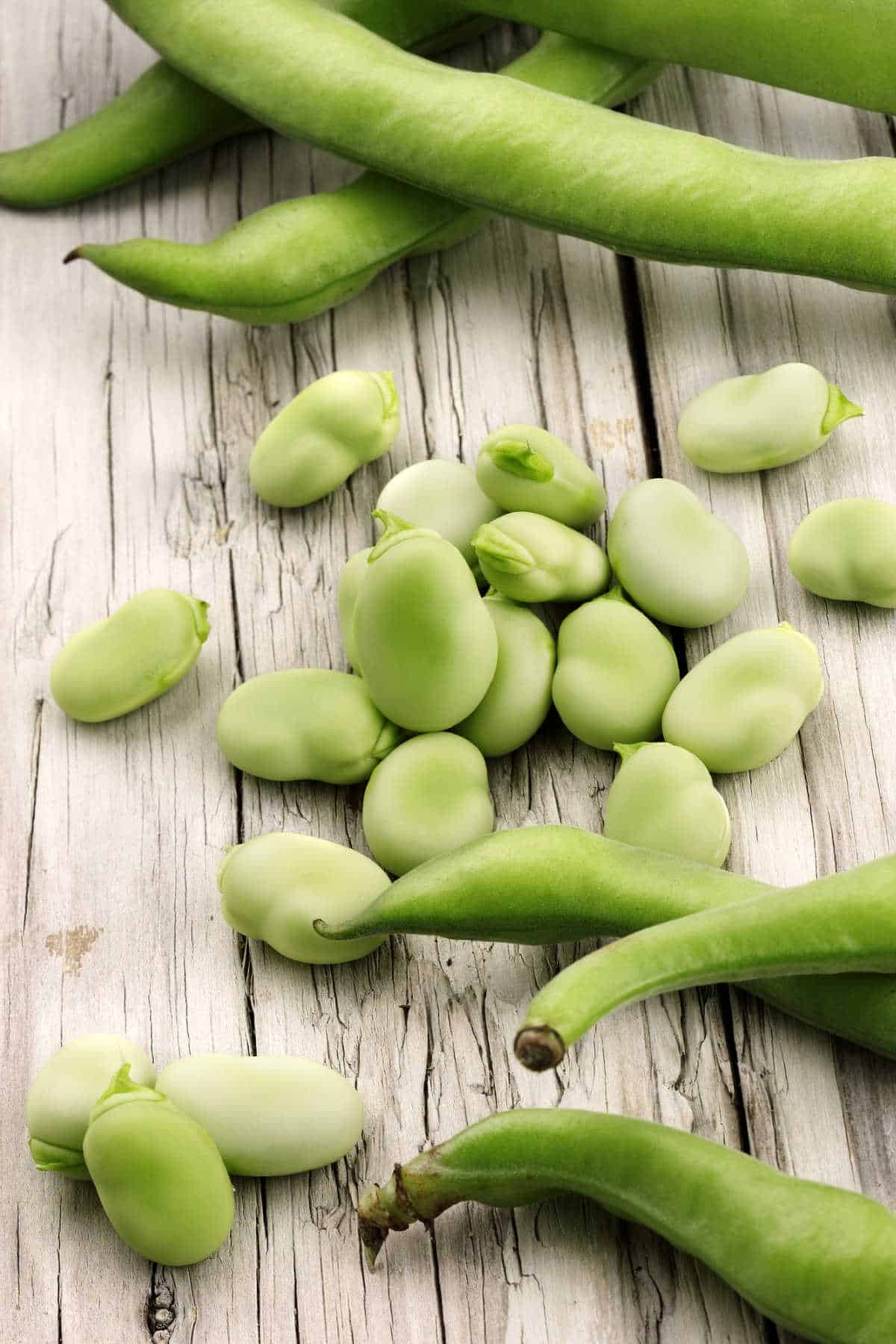
Broad beans are a popular legume in many cultures. They are rich in protein, fiber, iron, and folate. Plus, they taste incredible!
In this post, you will learn how to prepare fresh or dried broad beans (including peeling), cook them successfully and find some great recipes that use these versatile legumes.
While young broad beans can be eaten whole in their pods, you'll usually need to remove them from their tougher, larger pods.
For best results, you need to double-pod the broad beans. That simply means removing the beans from the pod, then you need to slip the beans out of their thick skin.
The easiest way is to blanch them first. That just means boiling them for a few minutes! Then they'll pop right out of their skins.
Don't be put off, it's not a difficult task and the results are delicious.
I find it to be quite relaxing, actually. Listening to something interesting and methodically popping the beans from their shells can be very mindful!
Sure, it's a bit of a hassle, but once you've enjoyed double-podded bright green broad beans, you'll never go back to grey, tough ones with the skins still on!
Scroll down for detailed instructions and photos for how to pod broad beans.
Jump to:
What are broad beans?
Broad beans (Vicia faba), also known as fava beans or faba beans, are a legume in the pea and bean family, Fabaceae. The large beans grow inside large pods that are discarded after shelling unless picked very young.
The leathery green long pods have a soft, downy, white interior, where the beans are nestled. They're covered in a pale green/grey/white skin and inside that, the beans are bright green and smooth.
They're popular in Asian, Middle Eastern, European, South American, and African cuisines. In fact, they've been a staple crop since Ancient Egypt and the Roman Empire!
Note: Those with favism / G6PD, a hereditary enzymatic deficiency, must avoid broad beans, as they can cause potentially severe anemia. Also, fava beans contain tyramine, so those taking anti-depressants MAO inhibitors should also avoid them.
For everyone else, you get to enjoy their fresh, summery taste!
What do they taste like?
Broad beans taste earthy, slightly nutty, buttery, and subtly sweet with an earthy 'green' flavor.
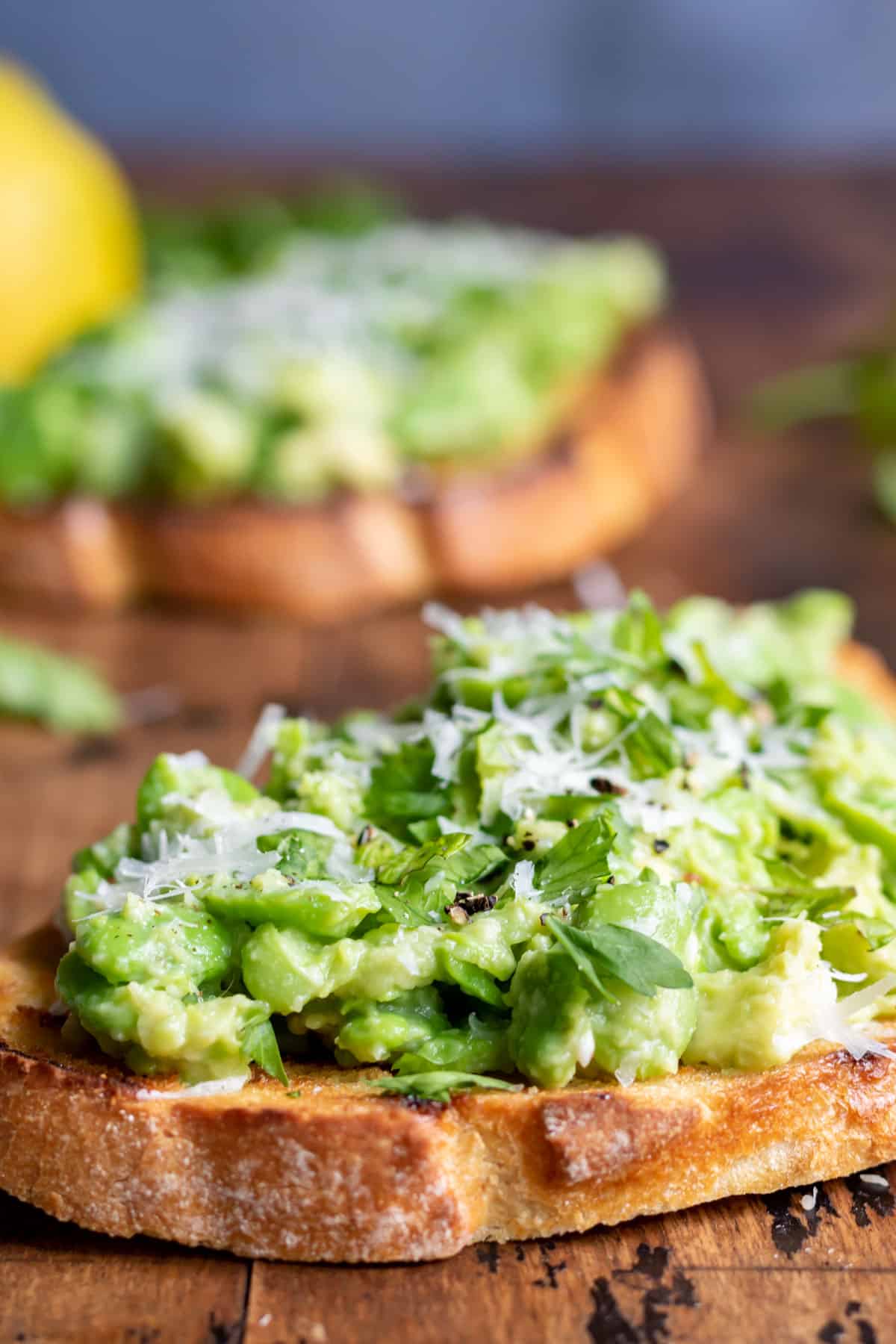
How are broad beans eaten?
Fresh broad beans can be eaten raw or cooked. They're found fresh (in their pods or podded), frozen (usually podded), canned, or dried.
When they're young (up to about 6cm), broad beans are cooked and eaten still in the small soft pod. Much larger and the pod becomes tough.
Older, longer broad beans have a tougher husk/pod and pale green shell around the beans, but the beans can be peeled and eaten whole or mashed. Scroll down for tips on how to pod fava beans.
Mash your prepared broad beans and make a delicious spread for bread (try my Broad Bean Bruschetta), or use it as a vegetable dip.
Keep the podded fava beans whole and they're great in risotto, pasta, or as a side dish.
But my favorite way to eat them is removed from their outer pod, blanched for a few minutes, cooled, and slipped out of their tough skin (see below for details). Then the bright green bean is delicious as it is, maybe with a tiny bit of salt. Summery bliss.
Some of the most famous fava / broad bean dishes are Ful Medames (an Egyptian stew), Falafel (the Middle Eastern Classic), Maltese Kuksku soup, and in Finland, they're a popular meat substitute called Härkis.
How to prep fresh broad beans
So, you're probably wondering exactly how you should prepare fresh broad beans. The good news is that it's really easy!
The bad news is that it can be a little time-consuming when you get to the stage of slipping the beans from their shells. Let me recommend you put on a good radio show or podcast and enlist some help to make it go faster.
Tip: 2 pounds of fresh broad bean pods will yield approximately 1 cup of blanched, shelled beans.
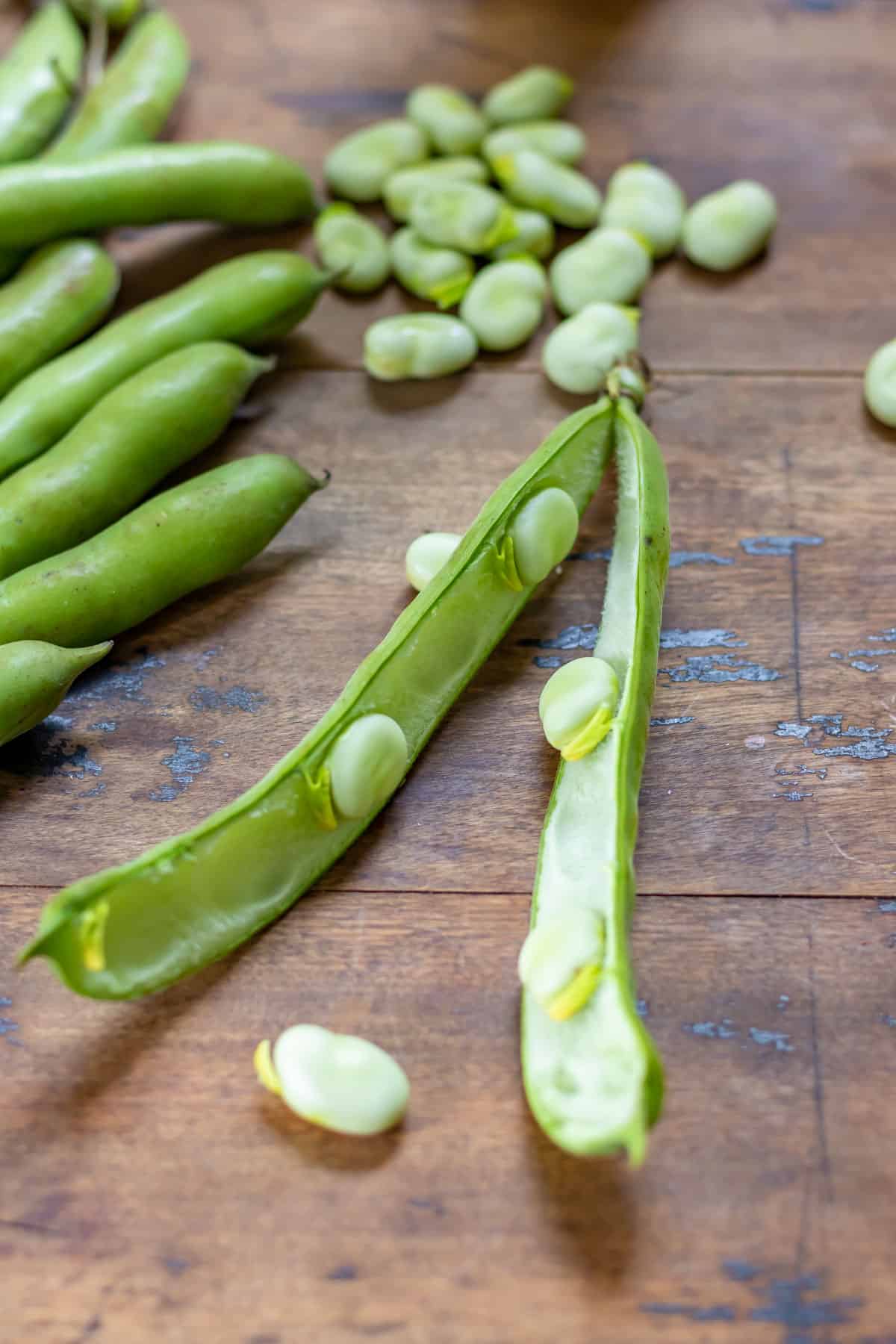
SHELL: First, you'll need to get the fava beans (broad beans) out of the pod. They come out easily, just open them up with your hands.
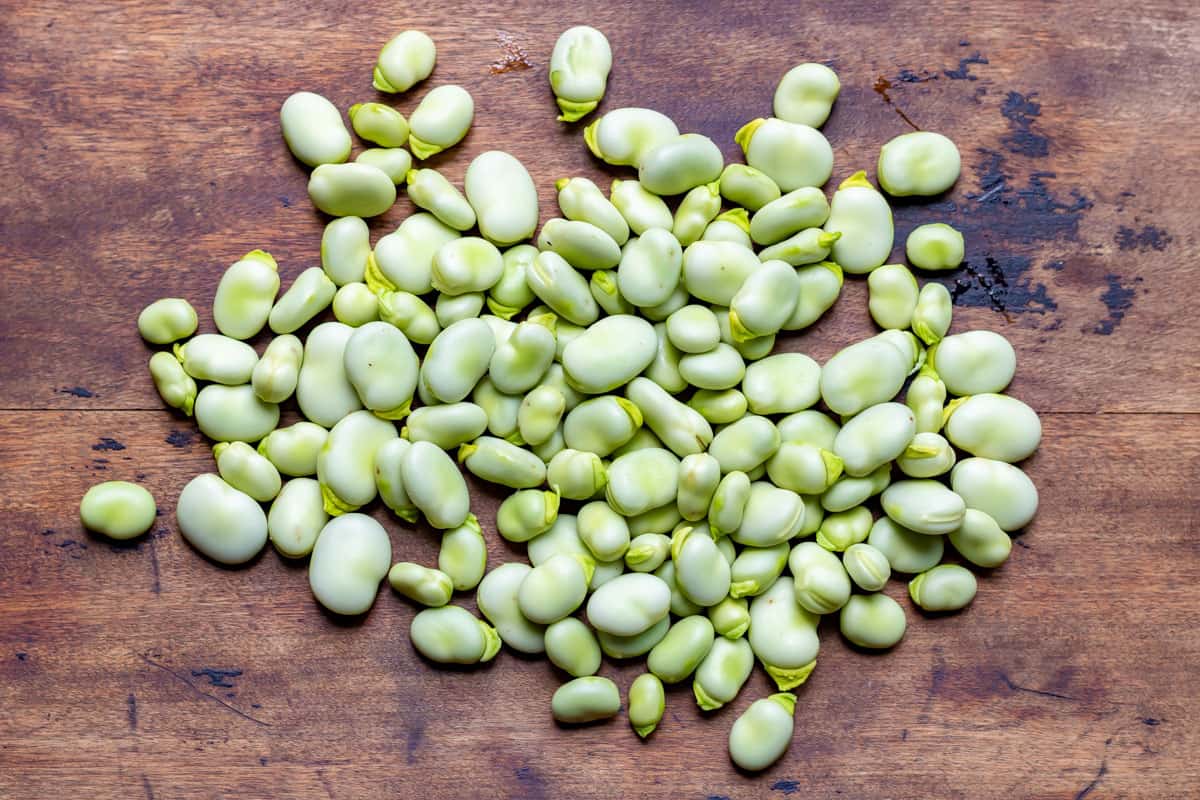
BEANS: You'll be left with a pile of beans in their pale green skins. The skins can be a little tough, so although they're edible, for best results, you'll want to remove them. Peeling them as they are isn't easy. But you can make it MUCH easier by simply blanching them first.
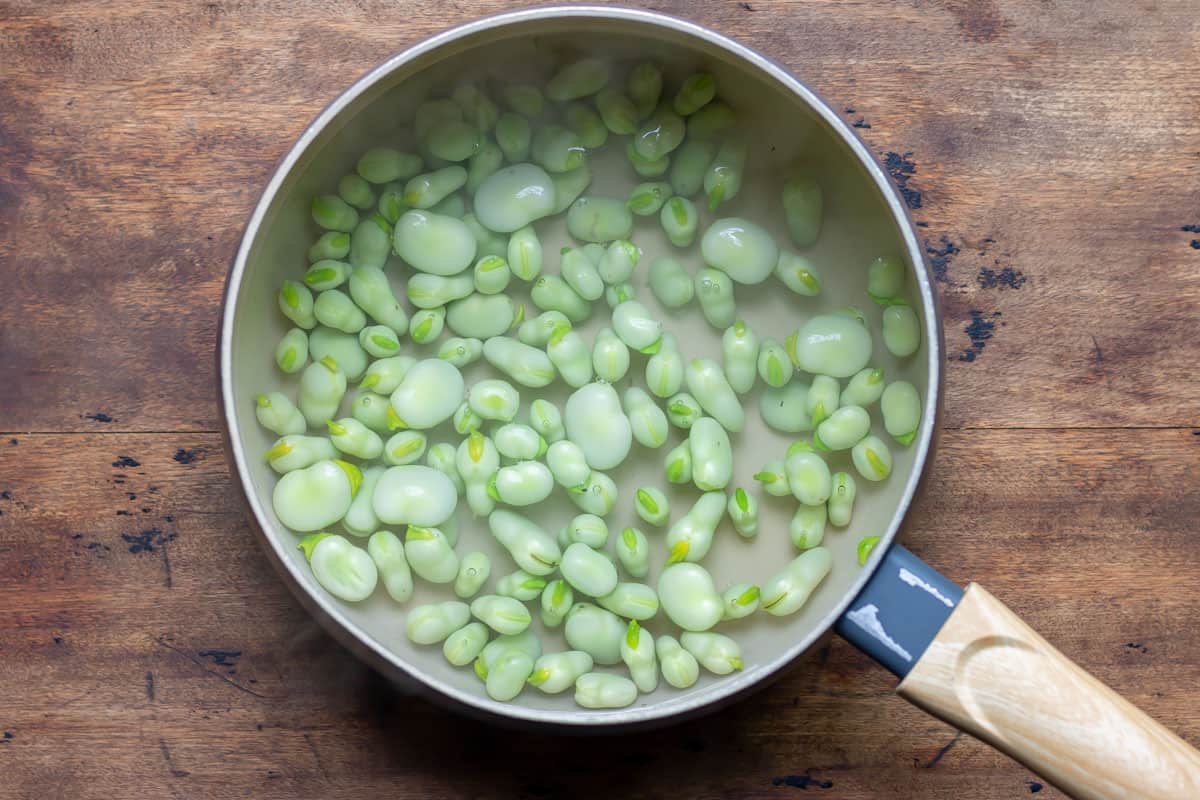
BLANCH: Blanching is simple. Just add the beans to a pot of boiling water and boil for 3 minutes.
TIP: Meanwhile, prepare an ice bath by making a bowl of cold iced water, then set aside. You'll want to have it ready since its job is to cool the beans quickly. That's because blanching isn't to cook them, it's just to soften the skins. If you don't cool the beans quickly in the ice bath, they'll cook!
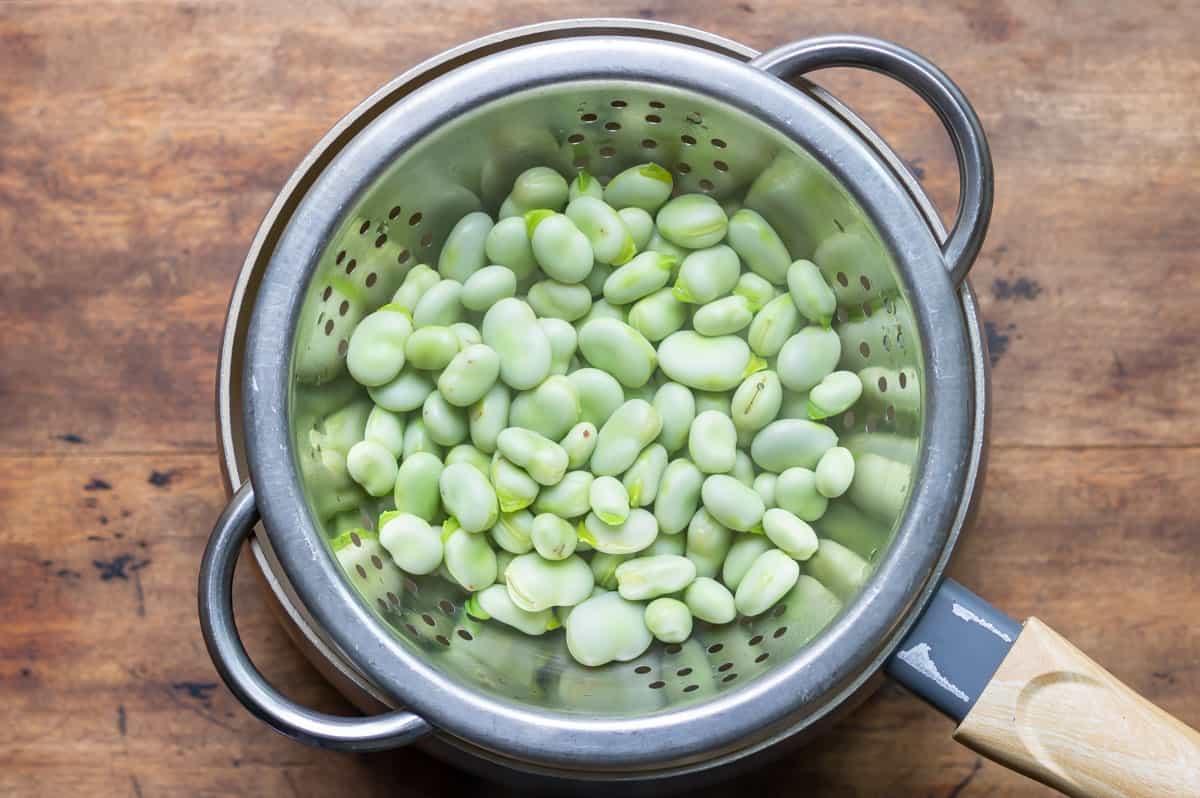
RINSE: Rinse and drain the blanched broad beans.
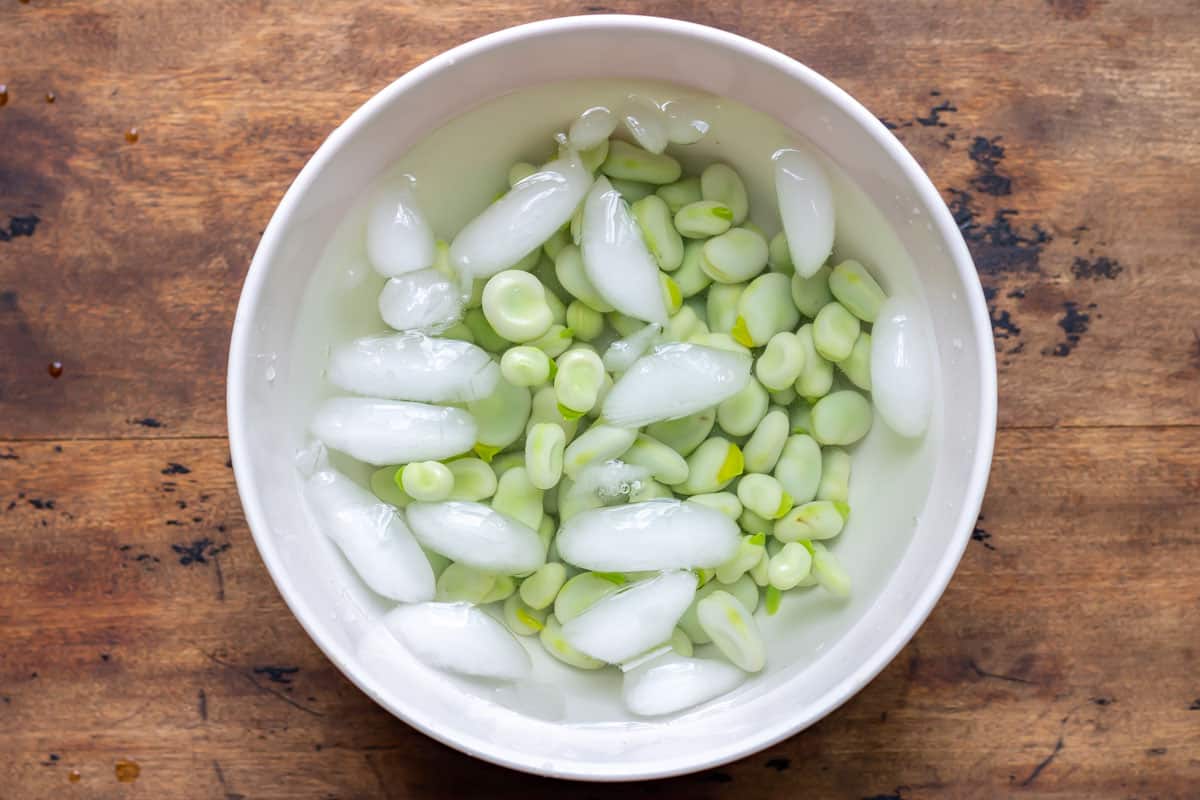
ICE BATH: Grab the ice bath you prepared earlier and put the beans into it.
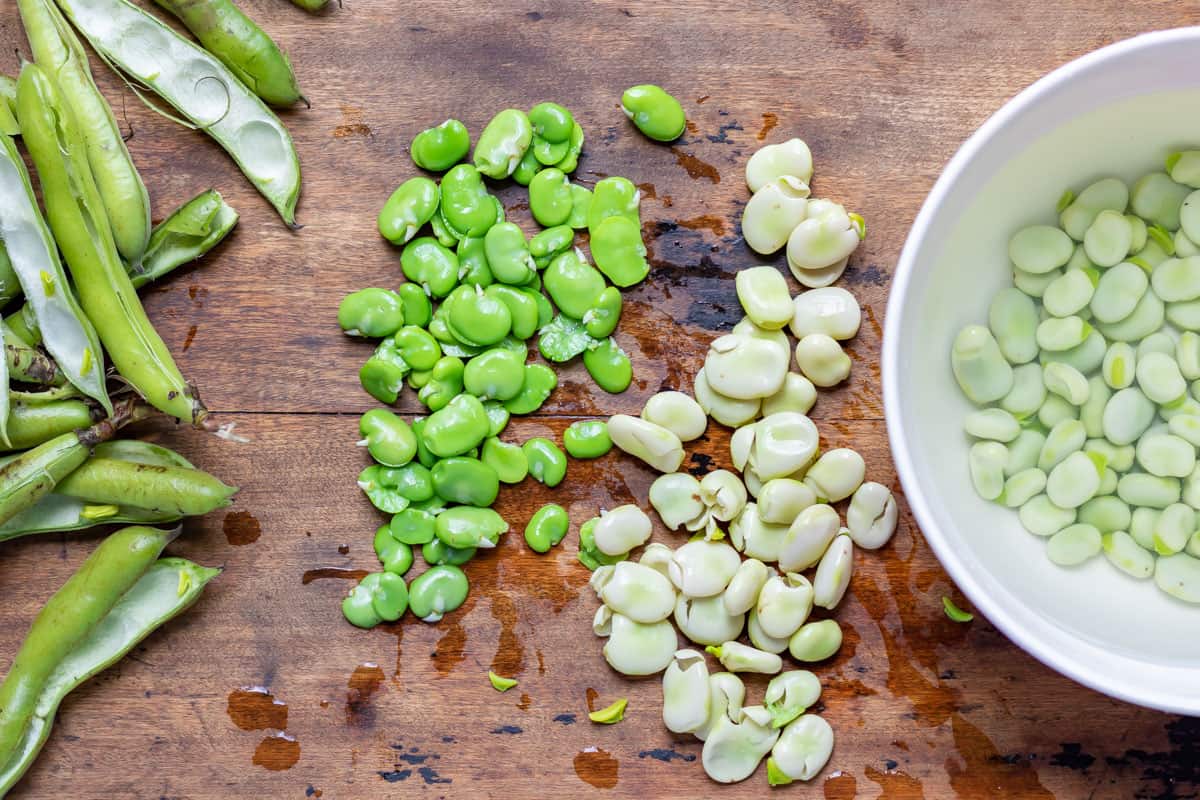
PEEL: Then you just need to squeeze the bright green beans out of the shells. Discard the shells and pods and keep the inner beans to use.
Your broad beans are ready to use. Scroll down for recipe ideas!
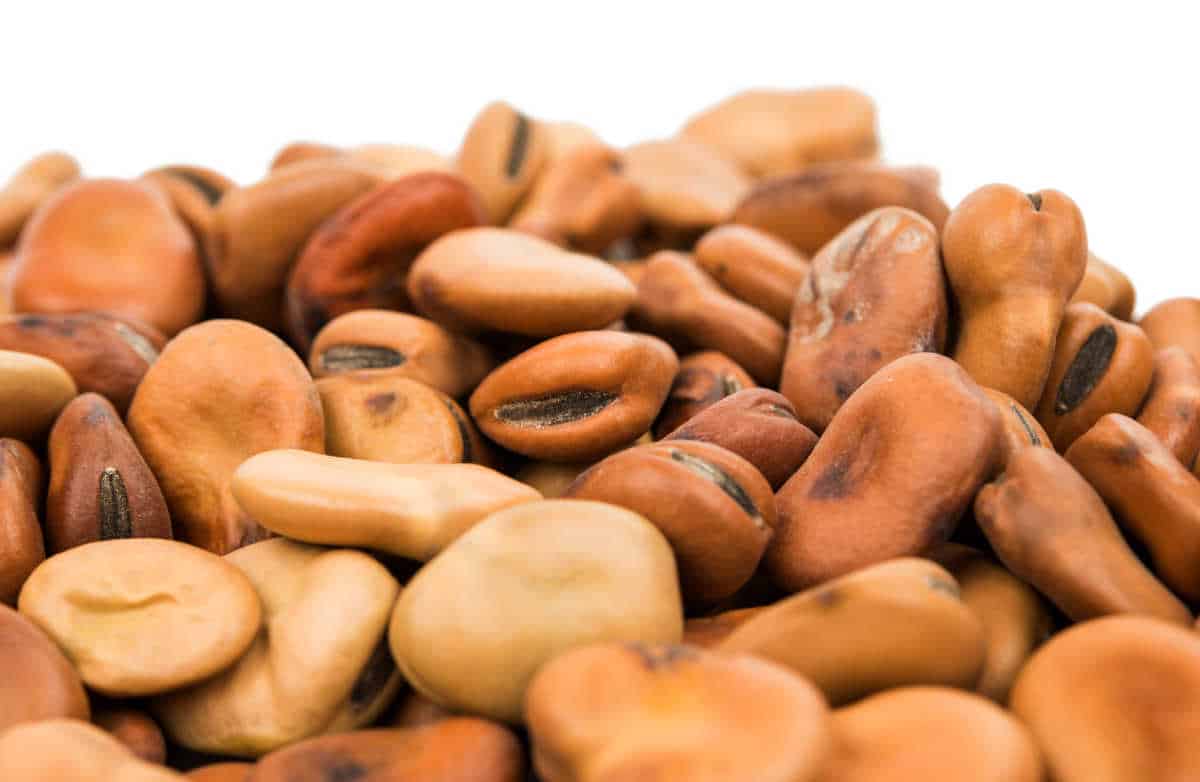
How to prep and cook large dried fava beans
To prep, peel and cook the large, brown, or pale brown dried beans, you'll need 5 cups of water and ½ a pound (225grams) of the dried fava beans. Scale it up or down with this ratio.
- RINSE the dried fava beans well and discard the water.
- SOAK the ½ lb (225g) of dried fava beans in 5 cups (1.2L) water for 8 hours or overnight. They will expand and grow in size slightly.
TIP: Make them faster by boiling (use the same beans/water ratio as above) for 5 minutes, then leave to soak for 1 hour. - DRAIN and rinse the beans well. Discard the soaking water.
- PEEL each bean so they slip out of the skins by gently squeezing them. The soaking will have made the skins soft enough that this is quite easy. Discard the skins. Repeat until your podded all of the beans.
- COOK by adding the podded beans to a large pot and top up with 5 cups (1.2L) water {the same ratio as soaking}. Bring to the boil, then reduce the heat and simmer for up tp 45 minutes, checking that they're soft towards the end as some will take less time. You want them soft but not mushy. Drain and they're ready to use.
Recipes
There are many ways to make the most of these seasonal vegetable legumes. Try these ideas for a little inspiration.
Fresh broad bean recipes:
- Risotto - swap them for peas in your favorite pea risotto recipe or try this Broad Bean Risotto.
- On Toast - A great alternative to avo toast. Try it mashed with avocado and herbs in this Broad Bean Bruschetta.
- Stew - add a handful for a fresh taste. Try this Italian Fava Bean Stew.
- Stir Fries - Add a handful to any stir fry. Check out Stir Fried Fava Beans with Szechuan Peppercorns.
- Quiche - You'll love this Fava Bean Cheddar Quiche, or try this Fava Bean Kuku, a Persian frittata.
- Pasta - add to hot pasta with a little parmesan and a squeeze of lemon. Or go for Rachel Ray's Taglietelle with Fava Bean Herb Pesto.
- Salads - add a handful to a green salad or try it in this Feta and Broad Bean Salad.
- Frittata - You'll love this quick and easy Broad Bean Frittata recipe!
- Mash into a hummus or dip. Try this Broad Bean, Pea and Mint Hummus.
Dried Fava Beans recipes:
- Use in Falafels instead of chickpeas
- Deep fry, then sprinkle with salt for a tasty snack, Spanish Habas Fritas. Try these Fried Fava Beans.
- Fry them in oil to make Japanese Ikari beans.
- Make into an Egyptian Ful Medames (vegan dip).
Growing
Broad beans are sown from Autumn to early spring and are harvested in late summer, though some varieties can be harvested as early as May.
Because their season is so short, usually the only way to get ones small enough to eat the pod (up to 6cm) is to grow your own.
Luckily, they're a very easy crop to grow!
Find out how to grow broad beans.
More basic vegetable recipes
If you've enjoyed learning all about broad beans, then check out these other simple basic vegetable recipes that make the most of seasonal produce.

Check out the Veggie Desserts + Cakes cookbook on Amazon
📖 Recipe
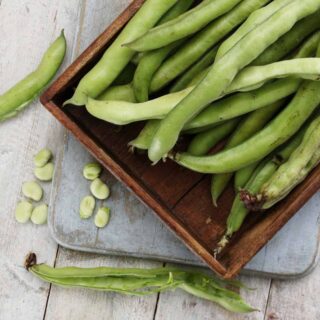
How to Prep Broad Beans / Fava Beans
Equipment
- Pot
- Bowl
Ingredients
Preparing Fresh Broad Beans
- 1 lb fresh fava beans / broad beans
- water
- ice
Preparing Dried Fava Beans
- ½ pound dried large fava beans
- 5 cups (1.2 litres) water
Instructions
For the fresh fava beans
- Remove the beans from the pod.
- Add the beans to a pot of boiling water and boil for 3 minutes.
- Drain, rinse and place the beans into a bowl of iced water. This will stop the beans from cooking.
- Take a bean out of the water, squeeze it gently and the bean will pop out of the pale skin. Discard the skin. Repeat with the remaining beans.
- Use the podded and peeled broad beans as your recipe requires. They can be eaten cold or warm.
For the dried broad beans
- Rinse the dried fava beans well.
- Soak the dried fava beans in the water for 8 hours or overnight. They will expand and grow in size slightly.
- TIP: Make them faster by boiling (use the same beans/water ratio as above) for 5 minutes, then leave to soak for 1 hour.
- Drain and rinse the beans well. Discard the soaking water.
- Peel each bean so they slip out of the skins, by gently squeezing them. Discard the skins. Repeat until you have podded all of the beans.
- Add the podded beans to a large pot and top up with 5 cups (1.2L) of water {the same ratio as soaking}. Bring to the boil, then reduce the heat and simmer for up tp 45 minutes, checking that they're soft towards the end as some will take less time. You want them soft but not mushy. Drain and they're ready to use.
Video
Notes
- Risotto - swap them for peas in your favorite pea risotto recipe.
- Stew - add a handful for a fresh taste.
- Stir Fries
- Quiche
- Pasta - add to hot pasta with a little parmesan and a squeeze of lemon.
- Salad
- Mash into a hummus or dip.
- Use in falafels instead of chickpeas
- Deep fry, then sprinkle with salt for a tasty snack - Spanish Habas Fritas.
- Fry them in oil to make Japanese Ikari beans.
- Make into an Egyptian ful madames (vegan stew).
Nutrition
The nutritional information provided is approximate and can vary depending on several factors, so is not guaranteed to be accurate. Please see a registered dietician for special diet advice.


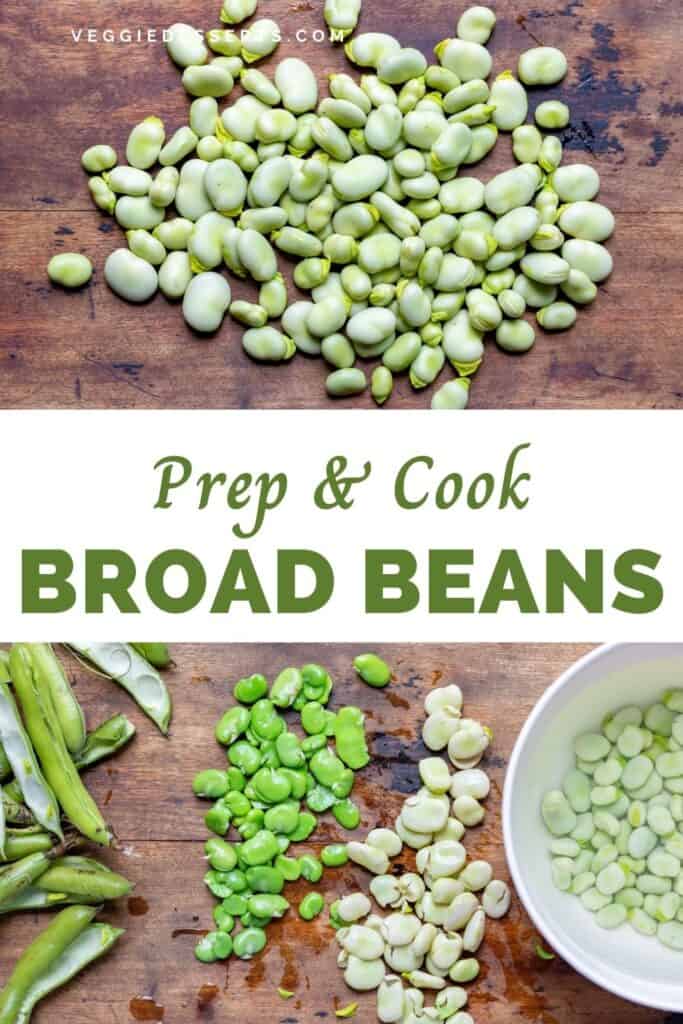
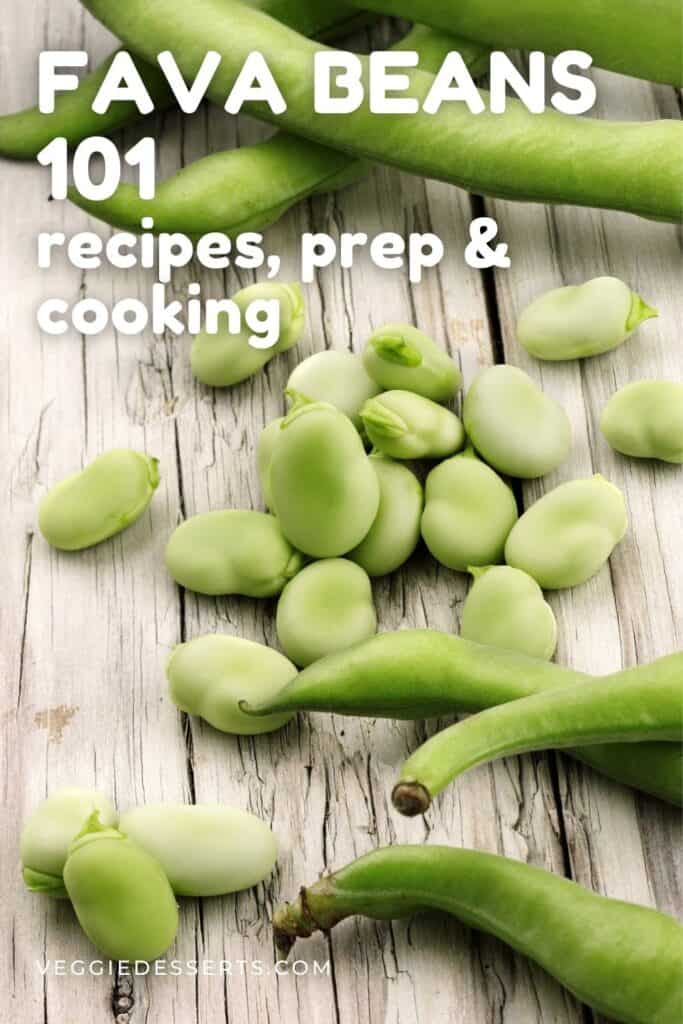
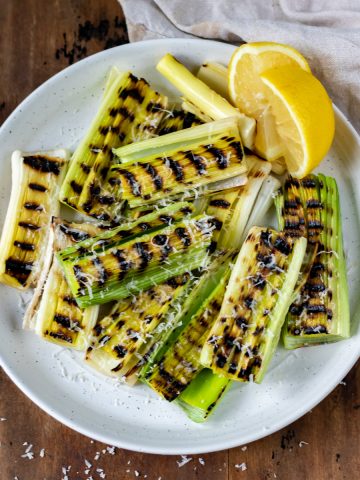
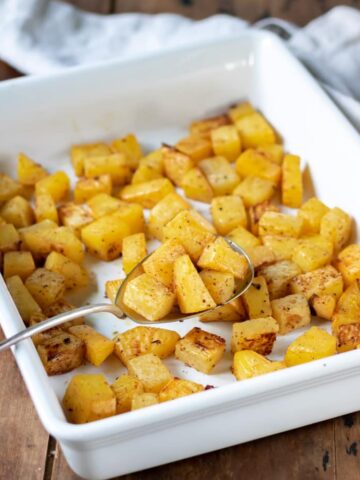
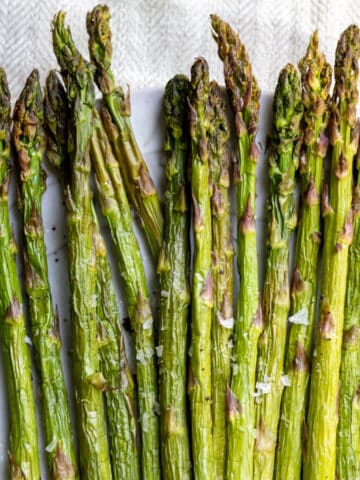
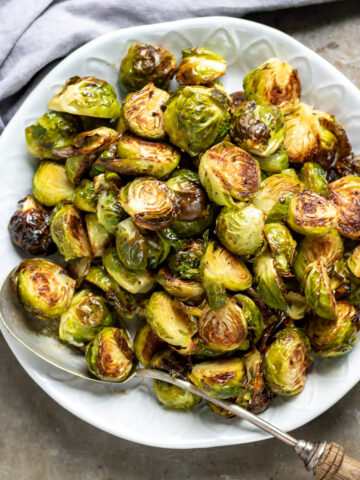
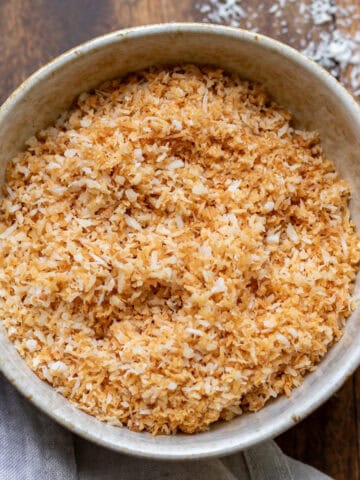
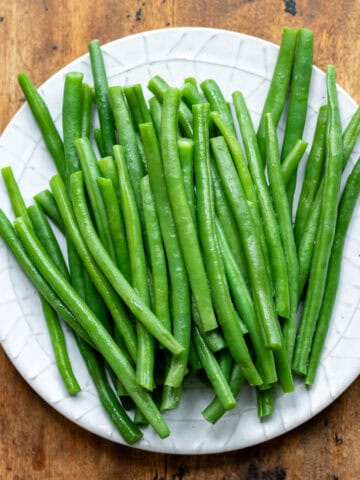
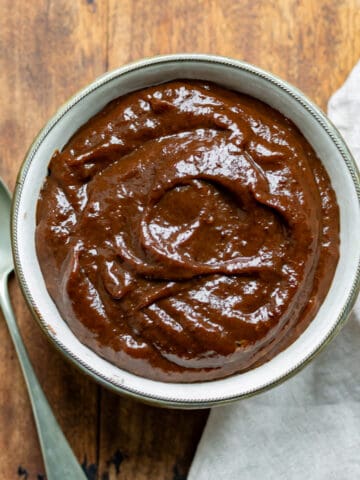
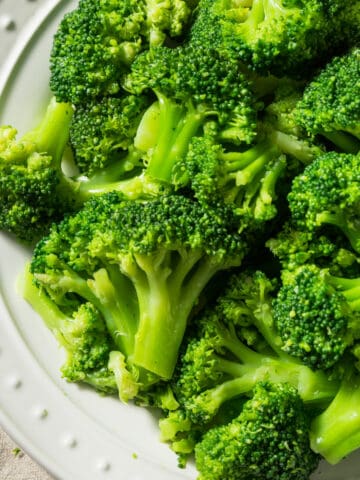
Vera
Thank you! I got fava beans in my CSA box but didn't know what to do with them!
Nicolette
I love this recipe! I tried the fresh beans and they were amazing!
Tara
Such wonderful tips on how to prepare these broad beans! I don't work with them nearly enough. They look especially amazing paired with the avocado on that toast.
Kim at Three Olives Branch
So many great tips! I have been wanting to get into beans more and this makes it so much more approachable
Marta
What a great informative post about fava beans!
Mindee's Cooking Obsession
So many greats tips! Thanks!